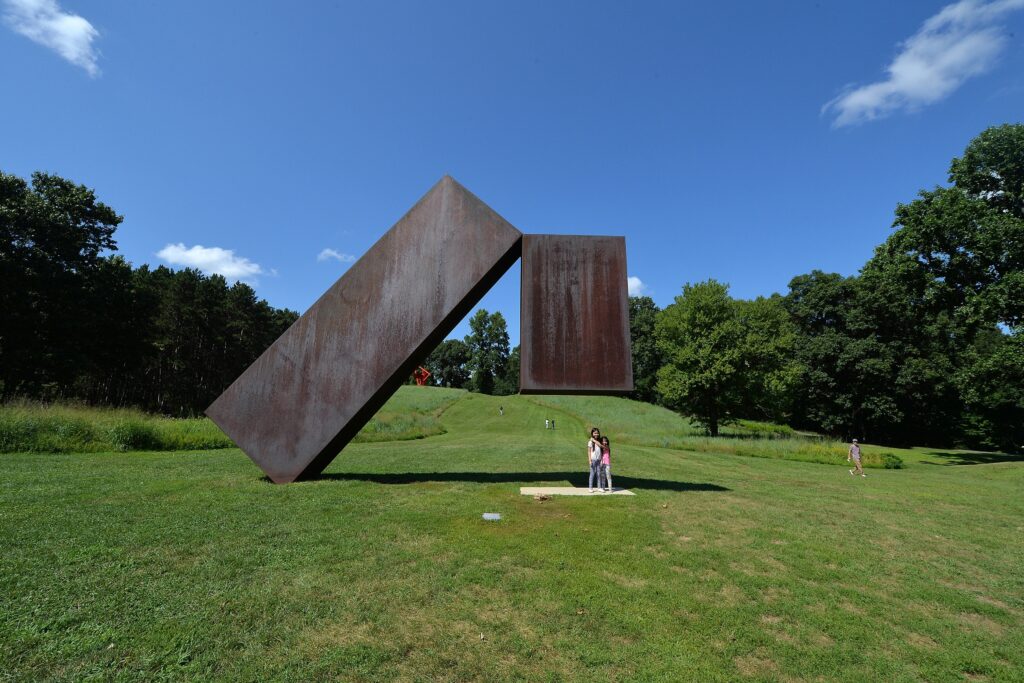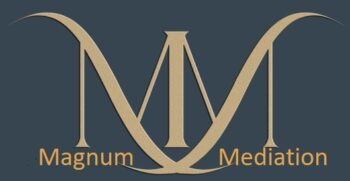
I’ve always believed that life is about perspective and choices. Just
like any tool, first, you have to have them, then you have to know how
to use them.
In mediation, the lack of at least one alternative perspective or
choice becomes evident very quickly. The parties appear, ready to do
battle, coming from their respective corners where they have been
sequestered behind the filters of their own rage, their perspective
gone the way of ballast from a sinking ship, and choices limited by
time and circumstance.
Someone once told me that I should be like an Italian race car driver
and take the rear view mirror and throw it out of the window. We
always tell the parties that we can’t change their past but what about
their present? The mediation becomes a cat-and-mouse process of trying
to guide them toward new ways of thinking about their intentions while
they are busy arguing their position.
Each mediation becomes a small example of the rest of the world,
endlessly circling solutions while strenuously avoiding them. Opinions
harden into facts, presumptions morph into assumptions, and points of
view become launching points for attack.
I attended an art exhibit in New York over the weekend, with huge
sculptures set in 500 acres of fields and meadows. It was called Storm
King, and it was mesmerizing, especially one exhibit – a wall. Not
Robert Frost’s wall but nevertheless a wall that meandered across a
field, down ditches, around trees, and back up hills. The wall was
conceived by the artist Andy Goldworthy and constructed from
hand-mounted grey stones, thousands of them. The artist didn’t uproot
trees to complete his work, he simply routed the stones around each
tree, and I thought “What an amazing metaphor.” Encounter an obstacle
and simply curl around them, again and again, and become a thing of
beauty. Assume another identity altogether.
That’s what we’re asking the parties to do in mediation, isn’t it?
Asking them to become a different, hopefully, improved version of
themselves, able to curl around a problem and reroute to improve their
respective situations. I don’t mean necessarily employing
Transformative Mediation but if that’s what works, why not? Re-framing
works for me. Like looking at a wide open space, and altering our
perspective about what works and what doesn’t.
When it works in mediation, don’t we create our own work of art?
